Best Lenses for Landscape Photography
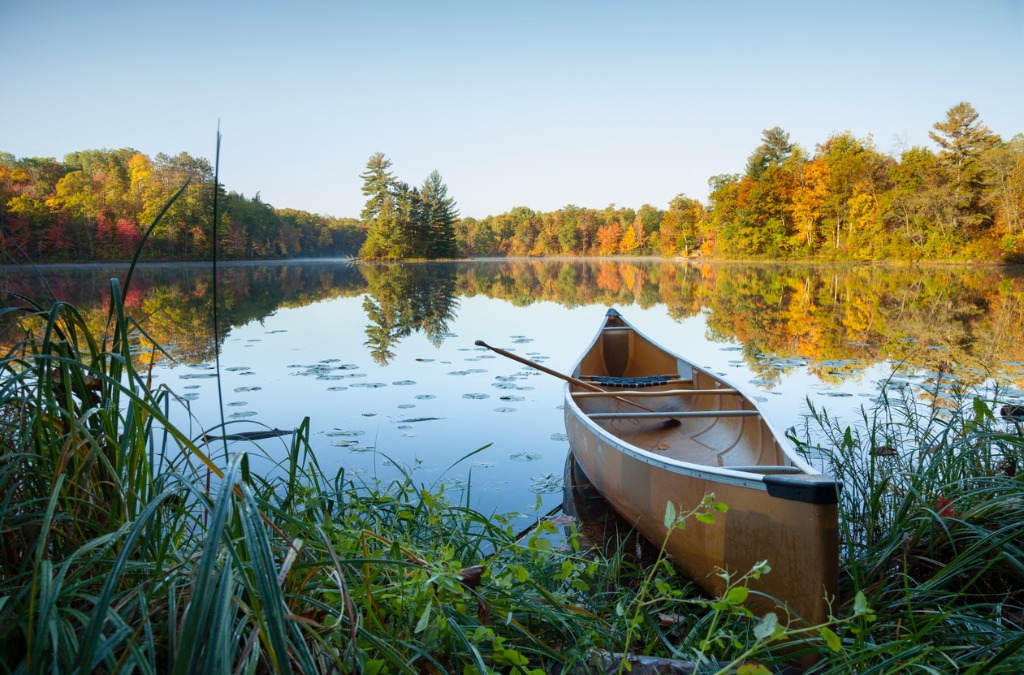
photo byWillard via iStock
You have been creating great-looking landscape photography for a while, but maybe you’re considering purchasing another lens to help further satisfy your creative ideas.
So that begs the question, what are the best lenses for landscape photography?
There are many different choices you can go with. That goes for brands, focal lengths, price points, and many other factors.
To help you narrow the field of possibilities, we’ve devised this guide to the best lenses for landscape photography. Let’s get started!
Table of Contents
- Clearing Up Misconceptions
- Nifty Fifty
- Ultra-Wide-Angle Zoom
- All-In-One Lens
- Other Recommended Photography Gear
Clearing Up Misconceptions
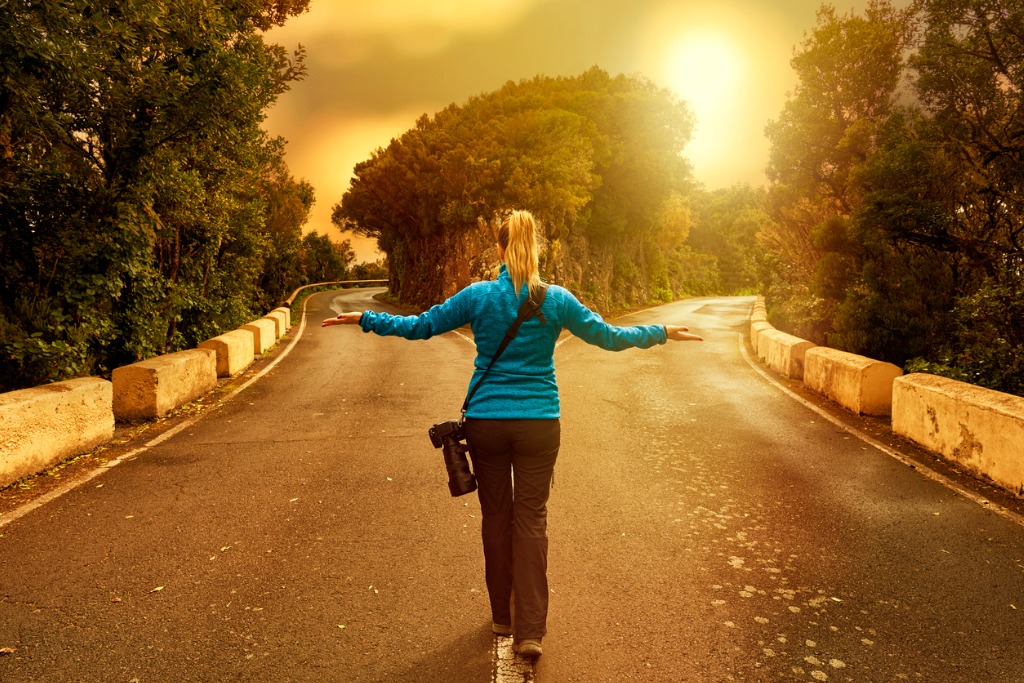
photo bystock_colors via iStock
Before I tell you some of my suggestions of what lenses are best for landscape photography, let’s clear up a few misconceptions concerning lenses and landscapes.
- Misconception #1: Wider is always better. While I love wide-angle and ultra-wide-angle lenses for a good portion of my own landscape photography, the best camera lenses for landscape photography can fall into any of the focal length ranges. In fact, I find my Nifty Fifty is a great choice for many real-world landscape situations. Telephoto lenses are also excellent for some landscape subjects.
- Misconception #2: Only use OEM lenses. OEM (original equipment manufacturer) lenses are usually excellent lenses. The days of the lack-luster, substandard 3rd party manufacturer lenses are long gone, however. Some of the best lenses for landscape photography are coming from both the camera makers themselves and from independent companies.
- Misconception #3: Use the smallest aperture. Depth of field is affected by focal length and focusing distance, as well as lens aperture, plus there are optical considerations such as hyperfocal distance and diffraction limitation to factor into our thoughts. And deep depth of field is simply one technique, selective focus can also be very effective for landscapes.
Nifty Fifty
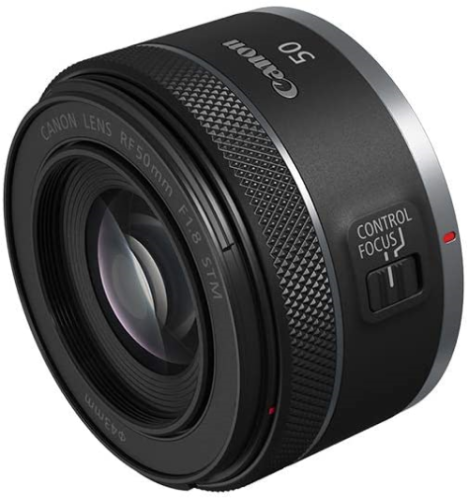
One of the best lenses for landscape photography is the standard lens for whatever format you’re shooting. In Full Frame 35mm format, that lens is the 50 to 55mm lens, affectionately nicknamed the Nifty Fifty. APC-C would use 35mm, MFT (Micro 4/3rds) has “normal” lenses of around 25mm.
If you’re using a Full Frame Canon mirrorless R Series camera, the Nifty Fifty of choice would be the Canon RF 50mm f/1.8 STM lens. There are several things that make this lens an excellent choice as one of the best lenses for landscape photography.
It is compact and lightweight, blending perfectly with the new Canon R Series of mirrorless cameras. This gives it great handling in the field. It has a fast aperture at f/1.8. With the R camera's in-body stabilization feature, good technique, and this lens, low light conditions are easily handled. Selective focus is simple to accomplish as well.
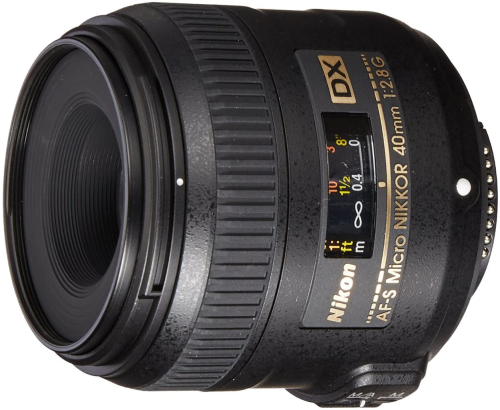
A huge reason I list this first as one of the best lenses for landscape photography is that the standard focal length field of view is close to what our eyes see. It has the field of view and the apparent perspective that lends itself well to capturing landscape images.
Most standard lenses can also focus quite close, so we can add in some of these types of views as we’re out capturing landscapes. Since many macro lenses are a normal focal length, we could choose one of those as one of the best lenses for landscape photography. The APS-C format Nikon AF-S DX Micro-Nikkor 40mm f/2.8 lens is a good example. The 40mm focal length corresponds to a 60mm lens in Full Frame format, so it’s still in the normal range.
Learn More:
Ultra-Wide-Angle Zoom
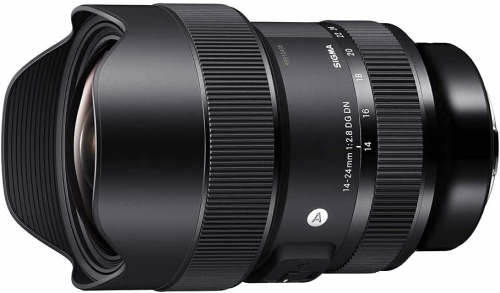
Yes, I know I just got through clearing up a misconception about this type of lens, but what I meant is that this isn’t the ONLY choice as best lenses for landscape photography, simply one of the options.
And it’s a really good option. A wide-angle lens or an ultra-wide lens is awesome for certain types of scenes in that we can capture such a sweeping view of any vista in front of us. Another function of wide and ultra-wide lenses is that we can get really close to things without losing the view of what it is. Those images with flowers or a rock formation in clear view in the foreground and the landscape in focus behind it are made possible by the optical characteristics of ultra-wide-angle lenses.
I like the zoom versions of these lenses for the versatility provided. The optical quality of most ultra-wide to wide-angle zooms is amazing, and many are made with professional-level builds for extra ruggedness, and some of them have a pretty fast maximum aperture.
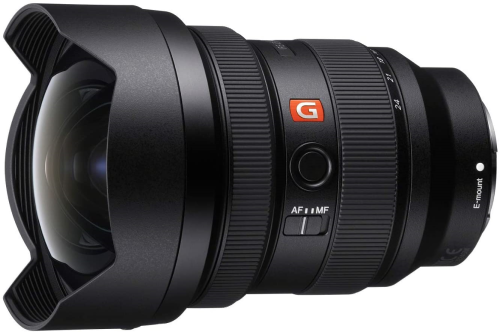
The Sony FE 12-24mm f/2.8 Master lens for Full Frame E-Series mount cameras is a great example and is often chosen as among the best lenses for landscape photography. At about 2/3rds the cost of comparable OEM lenses, check out the Sigma 14-24 f/2.8 DG DN Art lens.
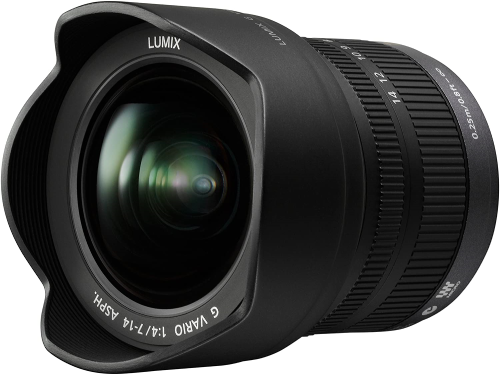
Similar lenses exist in APS-C and MFT cameras, you should consider lenses such as the APS-C format compatible Tokina ATX-i 11-20mm f/2.8 CF lens or the Panasonic Lumix G Vario 7-14mm f/4.0 lens. All are fantastic options for best lenses for landscape photography once we fully understand what makes them so.
All-In-One Lens
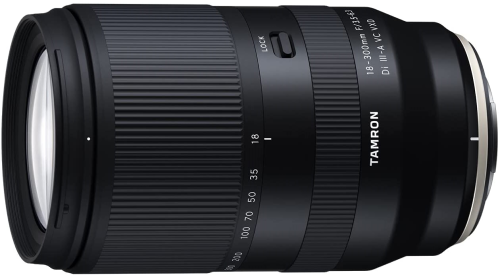
The all-in-one type of lens is what would probably work as the best lenses for landscape photography for many photographers. All-in-one is a style of lens that goes from wide-angle to fairly significant telephoto in one lens barrel.
Since telephoto lenses are usable for zeroing in on aspects of a scene or creating high levels of selective focus, lenses that have those focal lengths in it along with normal and wide-angle focal lengths can be very usable as best lenses for landscape photography.
Some examples include the APS-C format Fuji X-mount Tamron 18-300mm Di III-A VC f/3.5-6.3 VXD lens, the Full Frame format Nikon AF-S FX Nikkor 28-300mm/3.5-5.6G ED lens, or the MFT format Panasonic Lumix Vario 14-140mm f/3.5-5.6 lens.
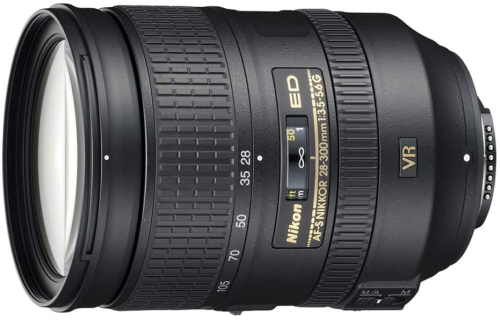
These may not be perfect choices as the best lenses for landscape photography because of their relatively slow maximum apertures, but they are super versatile if you want to carry around only one lens as you’re out capturing landscape images.
So, if you’re looking for what could be the best lenses for landscape photography for your own personal style, have a good look at the features, focal lengths, apertures, and prices of the lenses listed and adapt these recommendations to your camera format, lens mount, and personal photographic style.
Other Recommended Photography Gear
- ND Filter Kit
- Peak Design Travel Tripod
- Canon EOS R5
- Acratech GP-SS Ball Head
- Haida M10 Pro Filter Kit with Drop-In Circular Polarizer
- Peak Design Everyday Backpack V2
- Peak Design Leash Camera Strap
- Wireless Camera Remote
Learn More:
We Recommend
Tamron Announces Four New Lenses for Sony E-Mount Cameras
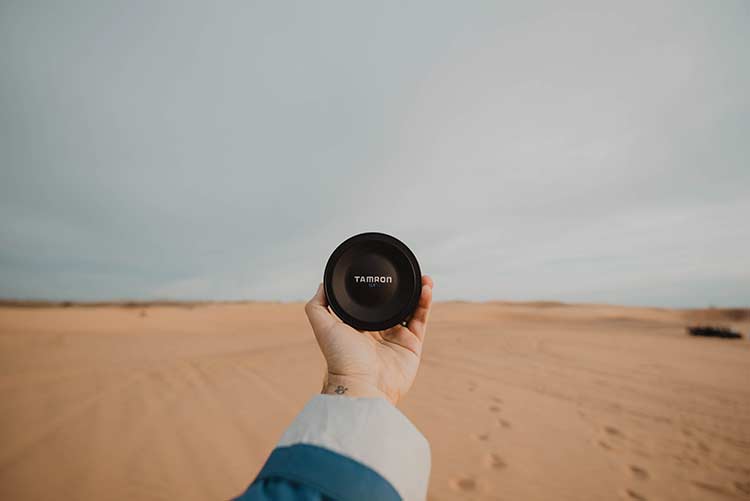
Photo by Hayden Scott on Unsplash
Tamron just released a teaser video for four new lenses for Sony E-mount cameras, and people are excited.
You can see why in the video below:
Now, it’s pretty clear that this video was meant to cause excitement, rather than give us much information about the new lenses.
It’s obvious from the video that the four new Tamron lenses will be full-frame mirrorless lenses.
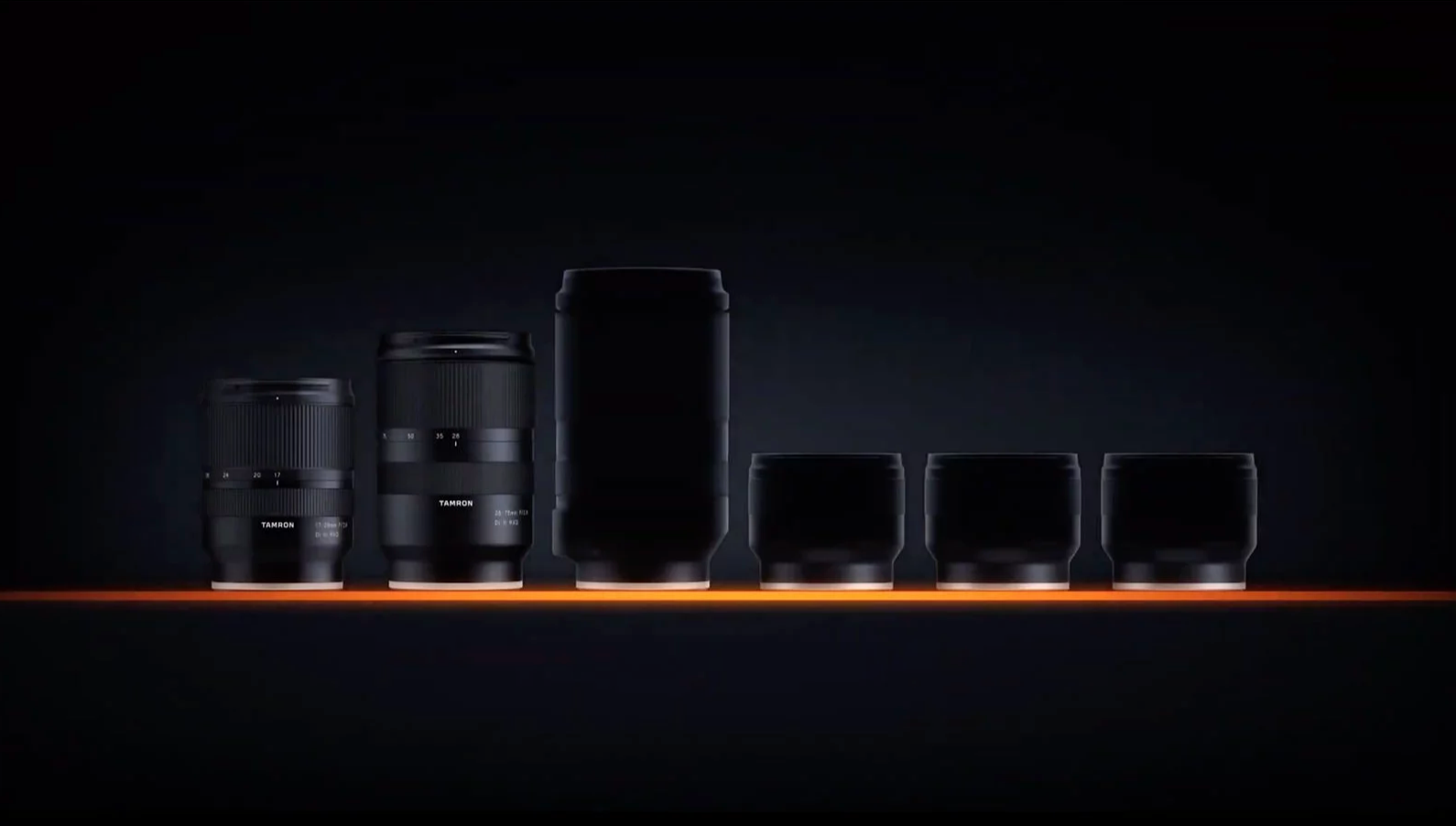
YouTube Screenshot/TamronVids
It looks like we can be expecting one zoom lens and three prime lenses. And, Sony Alpha Rumors is going on record saying the lenses will be officially announced at the PhotoPlus Show this October. Exciting!
This new line of lenses will be joining some heavy-hitters from Tamron that have been on the market for awhile. Let’s examine a couple of them below.
Learn More:
Tamron 28-75mm f/2.8 Di III RXD Lens Overview
These new lenses will be joining the Tamron 28-75mm f/2.8 Di III RXD, which DPReview reviewed in length back in June of last year.
But, here’s a shorter rundown.
This Tamron lens is a full-frame-compatible lens for Sony E-mount mirrorless cameras. It’s moisture-resistant and fluorine coated so the lens is protected from dust, ice and smearing. As a result, Tamron lenses are known for their versatility in inclement weather conditions.
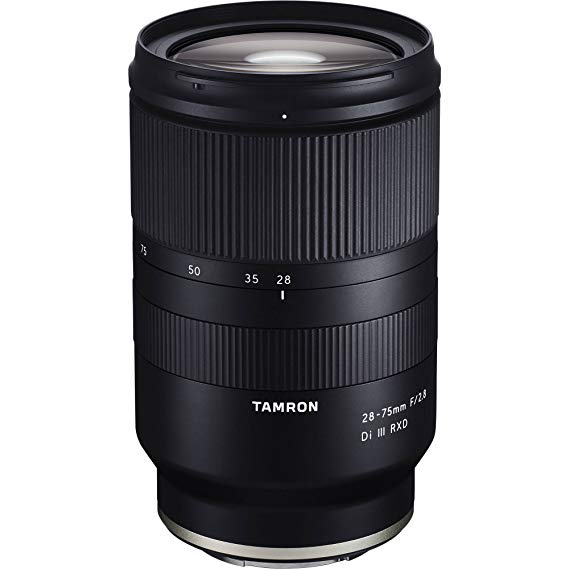
This specific Tamron lens is also world-renowned for its bokeh and can take close-up shots because of its minimum focusing distance of .19 meters.
Here’s a breakdown of its specs:
- 28 to 75mm focal length
- f/2.8 maximum aperture
- 2.87 inches x 4.6 inches
- 1.2 pounds
In terms of some possible errors with the lens, when you’re shooting at full aperture, the lens produces a lot of vignetting. This lens also lacks image stabilization.
However, if you’re looking for a lens that performs beautifully as a standard lens with a characteristic Tamron bokeh - which is to say if you’re a portrait photographer - then this lens is absolutely worth the price!
Speaking of price, you can pick one of these lenses up brand-new for $879.00.
Tamron 17-28mm f/2.8 Di III RXD Lens Overview
In the video above, Dustin Abbott covers the other Tamron lens that these four new Sony E-mount lenses will be joining.
The Tamron 17-28mm f/2.8 Di III RXD is a classic zoom for full-frame Sony E-mount cameras. This lens is best for those of us who are shooting ultra-wide angles, like architecture photographers.
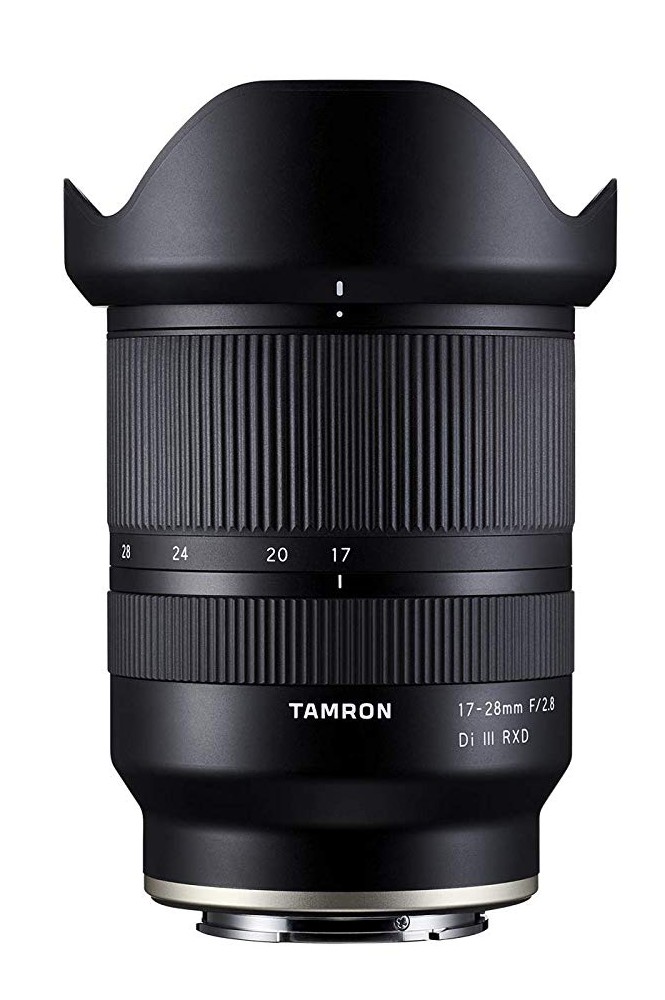
The specs on this camera include:
- A 17 to 28mm focal length
- f/2.8 maximum aperture
- 103 to 75 degree angle of view
- 2.87 inches x 3.9 inches
- 14.82 ounces
One of my favorite characteristics about this zoom lens is that the length of the lens does not actually change during zooming. That internal focusing is nice if you happen to find yourself in cramped quarters.
If you’re looking for an ultra wide-angle lens, this Tamron is worth a look. Get a brand-new one for about $980.00.
How to Save on a Tamron Lens

And, if you decide you want to purchase one of these older Tamron lenses before the newer (more expensive) Tamron lenses drop in October, I recommend you do so on Lensfinder.
All of the sellers on Lensfinder are vouched for by Lensfinder, so you know you’re not going to get ripped off like you otherwise might on sites like eBay or Craigslist.
They also grade each lens so you know exactly why one lens is $300 less than the same lens by another seller.
I always tell photographers to buy their photography gear used to save money. I almost always do the same, and each time I have a new lens on my mind, I buy my new-to-me gear on Lensfinder. You should do the same!
Check out Lensfinder’s inventory of pre-owned lenses.
Learn More:
